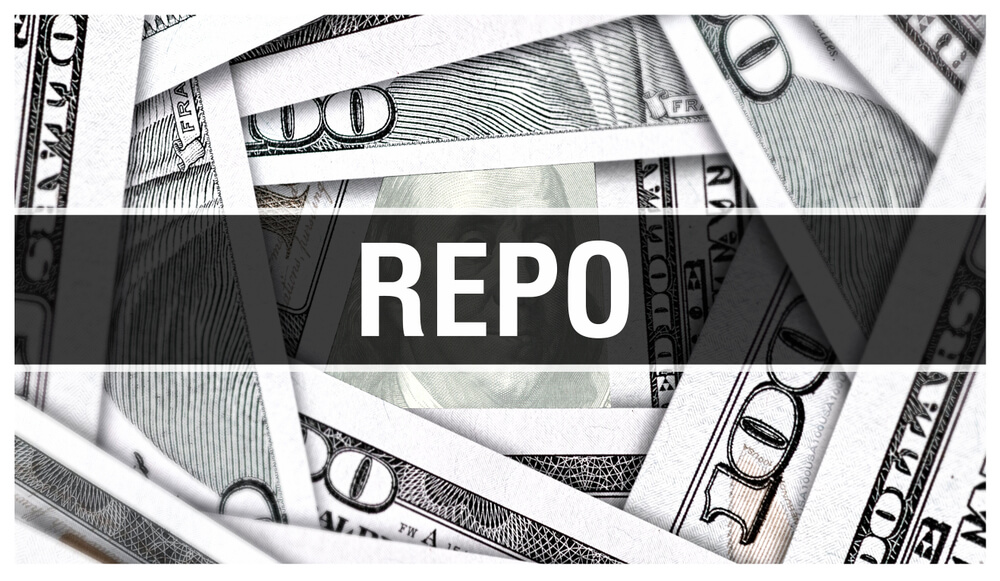The Federal Reserve said Friday that it will buy short-term Treasury bills each month until the second quarter of 2020 to inject cash into the banking system and make it easier to control its benchmark lending rate.
The action marks the Fed’s latest response to a shortage of cash reserves that developed last month and caused short-term interest rates to spike, briefly sending the Fed’s benchmark rate above its target range. The New York Fed said its first monthly purchases, starting Tuesday, will total $60 billion. Future amounts weren’t specified.
The Fed also said it will extend a separate short-term lending operation through January that is also intended to boost bank reserves.
Chairman Jerome Powell has said these Treasury purchases aren’t intended to stimulate the economy. On Friday, the Fed said its purchases are “technical” and “should not have any meaningful effects on household and business spending decisions and the overall level of economic activity.”
Even so, large Fed bond-buying programs typically attract attention from economists and investors because they recall the extraordinary programs the central bank undertook to support the economy during the Great Recession and its economically sluggish aftermath.
For several years through 2013, the Fed bought roughly $1.5 trillion of Treasurys and mortgage bonds to try to hold down long-term interest rates and encourage more borrowing and spending. Lower rates also led investors to invest more in stocks.
At the time, many critics feared that the purchases, known as “quantitative easing” or QE, would stoke rampant inflation. That fear proved unfounded. Fed officials consider those earlier bond-buying programs to have largely succeeded. Still, some critics charge that by leading more investors to buy stocks, QE contributed to higher stock prices that disproportionately benefited wealthier Americans while leaving lower-income people with measly savings rates.
This time, the Fed has stressed that its new bond-buying isn’t intended to affect most interest rates. Instead, they are intended to help the Fed’s tools for setting interest rates work better.
“Purchases of Treasury bills likely will have little if any effect on longer-term interest rates, broader financial conditions, or the overall stance of monetary policy,” the Fed said in a written Q&A.
Some observers are skeptical. Paul Ashworth, an economist at Capital Economics, notes that $60 billion is three times as large as purchases under the European Central Bank’s recently announced quantitative easing program.
“When it swims like a duck and quacks like a duck, it’s hard to prove your intentions aren’t fowl,” Ashworth said.
But Ashworth also acknowledged in an email that “The Fed is of course correct that this isn’t the same as QE,” because it isn’t intended to lower longer-term rates.
The purchases will begin Tuesday. Fed policymakers met by video conference last Friday to approve the new buying operations.
The Fed’s benchmark interest rate is now a range of 1.75% to 2%. Changes in that rate flow through other interest rates, such as those charged on mortgages, to influence borrowing and spending and the broader economy.
The central bank keeps its short-term rate in its target range by paying banks interest on the reserves they hold at the Fed. That rate is 1.8%. This provides an incentive to banks to lend only at rates above 1.8%.
But shortages of reserves occurred last month. Most experts blame quarterly tax payments made by many banks as well as auctions of new Treasury securities by the government, which soaked up cash. The reserve shortfall caused rates to spike in several short-term funding markets. If it continued, such spikes could offset the Fed’s efforts to keep interest rates low.
The Fed plans to buy Treasury bills of durations between five and 52 weeks, until reserves exceed the level they were at in early September. Reserves at that time were between $1.45 trillion and $1.5 trillion, according to Michael Feroli, an economist at JPMorgan Chase. On Wednesday, reserves were $1.35 trillion, Feroli said, suggesting that the Fed will need to buy at least $100 billion in Treasurys.
But the purchases will likely be much higher: The Fed needs reserves to offset the growth of currency, which rises at about $10 billion a month. And the central bank also wants to eventually replace about $160 billion in short-term loans it has made since the troubles in money markets first surfaced.
Stephen Stanley, chief economist at Amherst Pierpont, said the Fed will likely buy about $60 billion a month for the first few months before slowing to roughly the $10 billion a month that is needed to keep up with currency growth.
© The Associated Press. All rights reserved.
